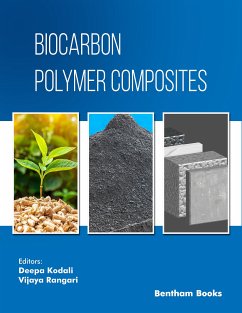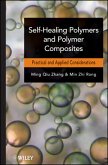Readers will gain a comprehensive understanding of the science and technology behind biocarbon polymer composites, enabling them to make informed decisions in materials selection and development. In an era of increasing environmental consciousness, this book emphasizes the eco-friendly nature of biocarbon composites, offering sustainable alternatives to traditional plastics. Additionally, this book bridges the information gaps between different disciplines and it is intended for a wide range of readers, from materials scientists and engineers to environmentalists and industry policymakers.
Readership:
Researchers and scientists in materials science and engineering; Professionals in industries seeking sustainable alternatives to traditional plastics; Environmentalists and policymakers interested in promoting eco-friendly materials; Academics and students studying materials science, polymer chemistry, and sustainable technologies; Innovators and entrepreneurs looking to capitalize on emerging materials trends
Dieser Download kann aus rechtlichen Gründen nur mit Rechnungsadresse in A, B, BG, CY, CZ, D, DK, EW, E, FIN, F, GR, H, IRL, I, LT, L, LR, M, NL, PL, P, R, S, SLO, SK ausgeliefert werden.









